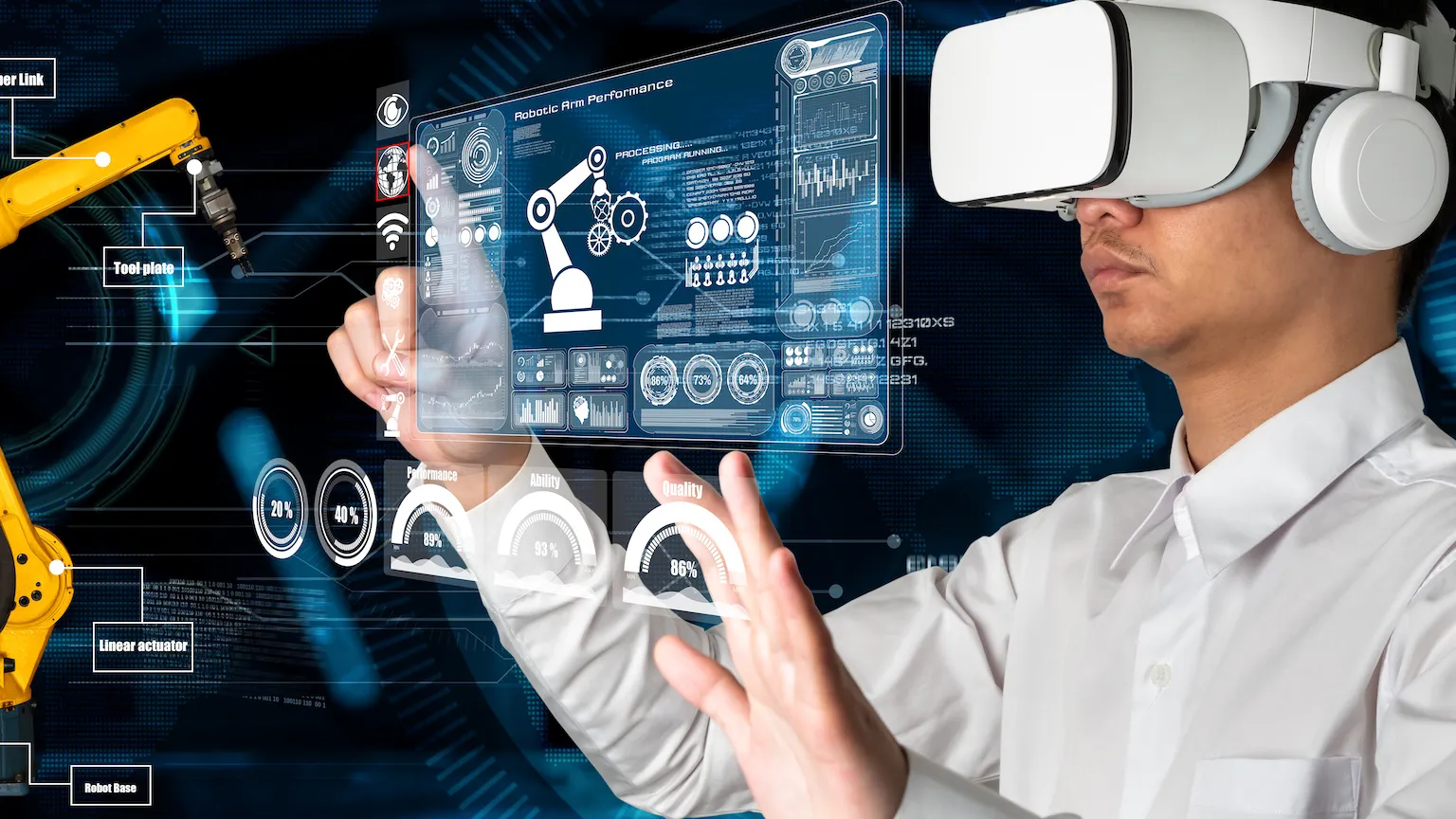
Augmented reality thus overlaid our real-world environment with data. It emerged everywhere from videogames to education and beyond.
It is also transforming labour by taking the guesswork out of manual tasks. An AR app can tell a technician where to make a mark, what to oil on a camera’s lens, or where to spot a malfunction. Technicians can even use an app to show a user how an item like an engine in a car works.
Mobile
AR mobile applications also can be utilized for different purpose: for example, products can have QR codes, that when scanned by a mobile phone, guide the customer to additional information or videos (even interactive ones).
Businesses that can offer their products in this format will not only be able to provide information, but also make consumers more familiar with their exhibited products.
AR can be used to improve learning by effectively utilising information found in textbooks and other learning tools, and to make those learning tools come to life through interactivity, contributing to a stronger memorisation of information and a more memorable experience with information for students.
AR also facilitates manufacturing efficiency and worker safety. Workers with wearable AR devices can receive step-by-step instructions and information on the go – they can get this in real time without referring to printed manuals that are often used for instruction. This form of AR is already helping reduce errors on site while increasing productivity.
AR can also be used on a practical level, such a medical doctors. The AccuVein app can see through skin so that doctors can easily find veins to use for iuctions and other procedures.
Web
Augmented reality (AR) is a technology for enhanced digital realities that render digital information into actual realities as experienced by the user. These AR apps interface with real world environments by layering digital informatics based on either: book covers, or Using recognition, AR picks out certain features of the camera view and dispatches relevant digital informatics about elements that the AR system detects.
Users can also utilise projection-based AR by superimposing a virtual 3D appearance on top of a flat surface, wall or floor. This then can be overlaid using 3D images to create 3D holograms for events or movies.
As AR matures and diversifies this expanded palette of applications will become more useful to more people as persistent marketing techniques create greater awareness, and then urgency, for people to explore the options they once thought were not beneficial or applicable to their lives. In terms of marketing and advertising it may find its use in many more unique and inventive ways for customers to interface (augment) products and services from the same companies selling them. It may help enhance performance by teaching people how to brush their teeth properly or play augmented chess games, or any other such type of game as a form of entertainment. It might make us, the humans, more valuable at the workplace by using it as a way to offload dexterity or fine motor skills bound to the work tasks from humans into computers or robots that could accomplish the repetitive and mechanically oriented tasks of labour.
Wearables
This is different from virtual reality because in AR your view is integrated with reality. AR interfaces happen on mobile devices such as smartphones or tablets; some of these devices have projectors that display virtual content; others use smartphones or tablets that contain a camera that documents their surroundings and augments that information on top of it.
The business world is high on AR. It makes visualising information, following directions to do things and interacting with products more efficient. AccuVein (a spinout from Massachusetts Institute of Technology) uses it to place an outline of veins in the skin of a patient visible to the eye for doctors and nurses to use to find and easily pierce a vein for injection or other treatment; and Boeing uses it to help with it’s assembly instructions which shave 35 per cent off of assembly times!
Other AR-based marketing techniques include virtual product-try-on, allowing users to preview a location or utilise engaging user manuals – all these enable companies to boost conversions while fostering trust through positive emotions that contribute to brand loyalty.
VR
AR is set to become even more widespread, thanks to 5G networks that will allow mobile phones to send and receive huge amounts of data, while melding with phones such as iPhones and Androids that possess increasingly capable processors to run complex AR applications.
Beyond the ‘fun’ context considered above, business also stands to benefit from AR. Other than entertainment, products and services could be improved to gain competitiveness. For example, brands can use AR in their marketing campaigns to potentially reach more audiences and increase interactivity.
For example, an app can be created for a fashion company’s customers to try on clothes from home, or for customers visiting an appliance or furniture store to inspect items without leaving the premises, or for real-time process data analytics on site. It is important, though, for companies to not throw too much data at employees, or to over-rely on AR to the extent that employees miss cues from physical environments.




